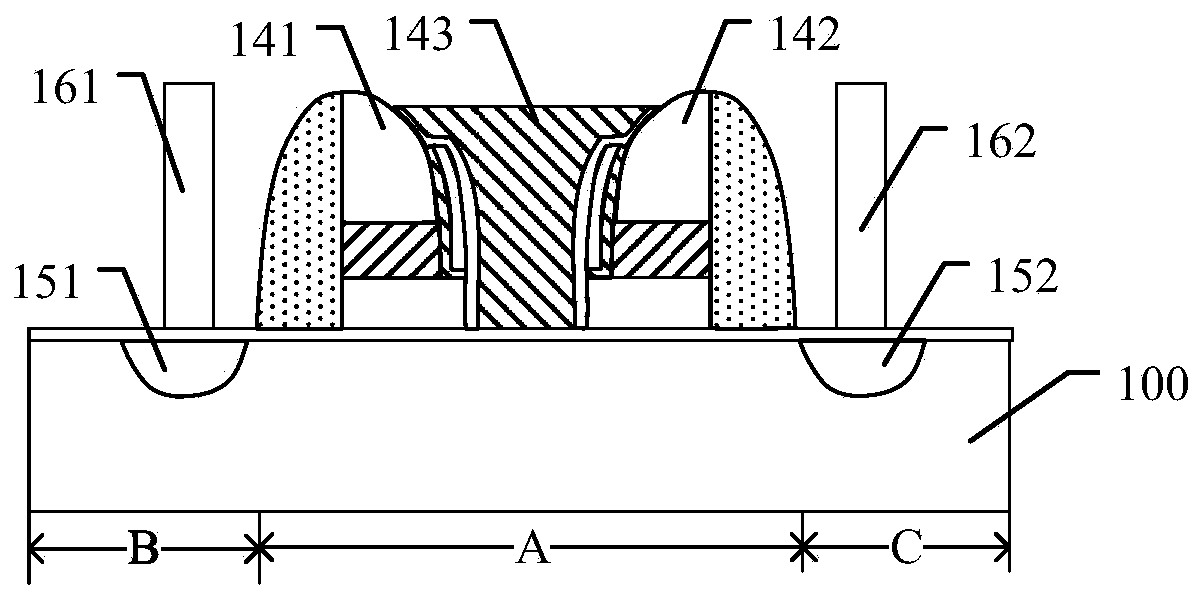Memory and forming method thereof, and memory cell array and driving method thereof
A storage unit, memory technology, applied in static memory, digital memory information, information storage, etc., can solve problems such as poor performance of split-gate flash memory
- Summary
- Abstract
- Description
- Claims
- Application Information
AI Technical Summary
Problems solved by technology
Method used
Image
Examples
Embodiment Construction
[0045] As mentioned in the background, the performance of flash memory is poor.
[0046] The reasons for the problems are described below in conjunction with the accompanying drawings.
[0047] figure 1 is a schematic diagram of a memory cell array.
[0048] An array of memory cells, see figure 1 , comprising: a semiconductor substrate 100, the semiconductor substrate 100 comprising: several parallel and discrete active regions 110 arranged in parallel along the second direction Y, and an isolation structure surrounding the active regions 110 (not shown in the figure) , the active regions 110 extend along the first direction X, and each of the active regions 110 in the first direction X includes several memory cell regions, and each memory cell region includes: a storage region A and a storage region located in the storage region Source region B and drain region C on both sides of A; several source regions, and one source region in the source region B; several drain regions...
PUM
 Login to View More
Login to View More Abstract
Description
Claims
Application Information
 Login to View More
Login to View More - R&D
- Intellectual Property
- Life Sciences
- Materials
- Tech Scout
- Unparalleled Data Quality
- Higher Quality Content
- 60% Fewer Hallucinations
Browse by: Latest US Patents, China's latest patents, Technical Efficacy Thesaurus, Application Domain, Technology Topic, Popular Technical Reports.
© 2025 PatSnap. All rights reserved.Legal|Privacy policy|Modern Slavery Act Transparency Statement|Sitemap|About US| Contact US: help@patsnap.com



